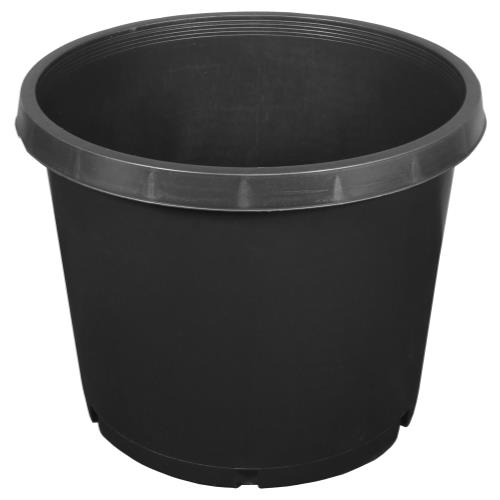
Nursery Pots: Cultivating Growth and Beauty
In the realm of gardening, few tools hold as much significance as the humble nursery pot. These unassuming containers play a pivotal role in nurturing young plants, providing them with a supportive environment to germinate, grow, and thrive. Whether you’re an experienced horticulturist or a budding enthusiast, understanding the intricacies of nursery pots is essential for cultivating a flourishing garden.
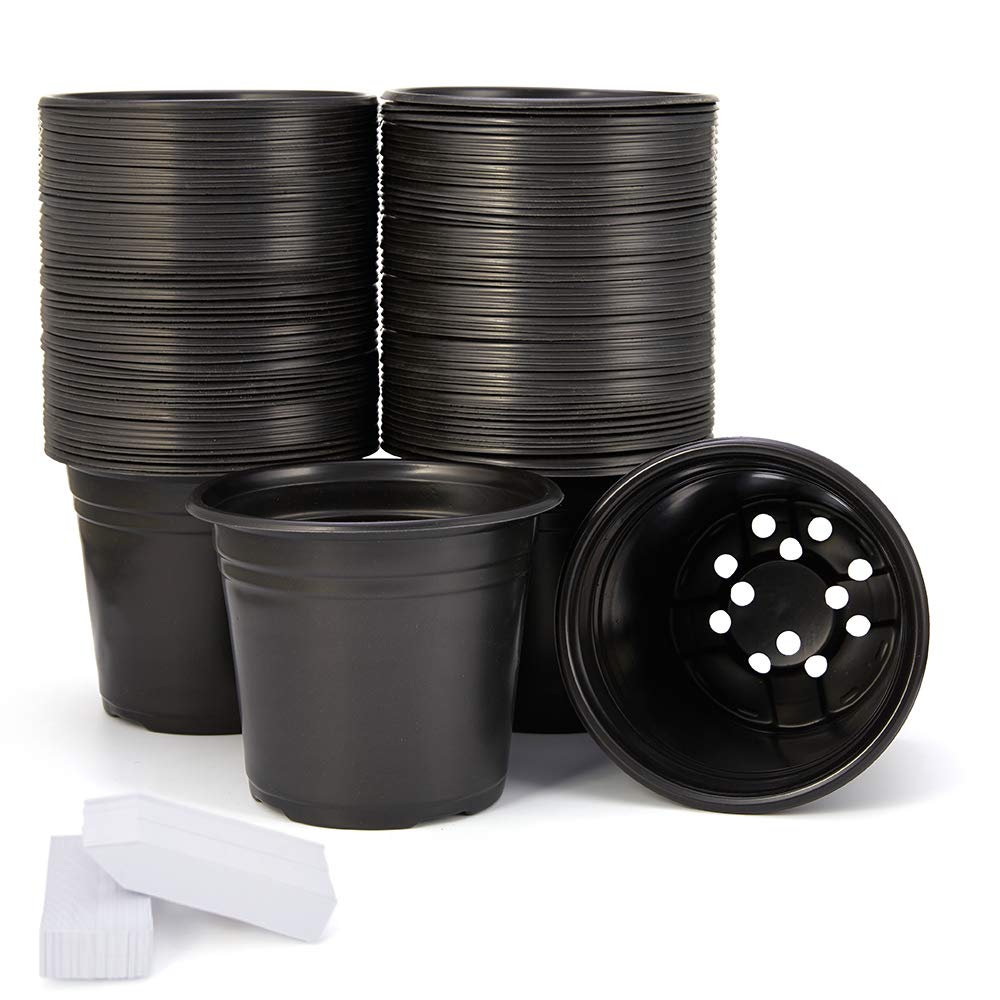
The Significance of Nursery Pots: Nurturing Young Plants
Nursery pots serve as a temporary home for plants during their initial stages of development. They offer several advantages that make them indispensable for gardeners:
-
Controlled Environment: Nursery pots provide a controlled environment, allowing you to tailor soil conditions, moisture levels, and exposure to light to suit the specific needs of each plant.
-
Protection from Pests and Diseases: By isolating young plants in nursery pots, you can minimize their exposure to soil-borne diseases, harmful insects, and harsh weather conditions.
-
Efficient Use of Space: Nursery pots allow you to organize and manage your seedlings or transplants efficiently, maximizing space utilization in your greenhouse or garden beds.
-
Portability: Nursery pots offer portability, enabling you to easily move plants around your garden or relocation them indoors for protection during extreme weather.
Types of Nursery Pots: A Diverse Range for Diverse Needs
Nursery pots come in a wide variety of shapes, sizes, and materials to accommodate the diverse needs of different plants and growing environments. Here are some of the most common types:
-
Plastic Nursery Pots: Lightweight, durable, and affordable, plastic nursery pots are a popular choice for both home gardeners and commercial nurseries.
-
Clay Nursery Pots: Clay pots offer excellent breathability and promote healthy root development. They are particularly well-suited for plants that prefer drier conditions.
-
Compostable Nursery Pots: Made from biodegradable materials such as paper or peat moss, compostable nursery pots are an eco-friendly option that breaks down naturally, reducing waste.
-
Seedling Trays: Divided into individual compartments, seedling trays are ideal for starting multiple seeds simultaneously, providing a controlled environment for germination.
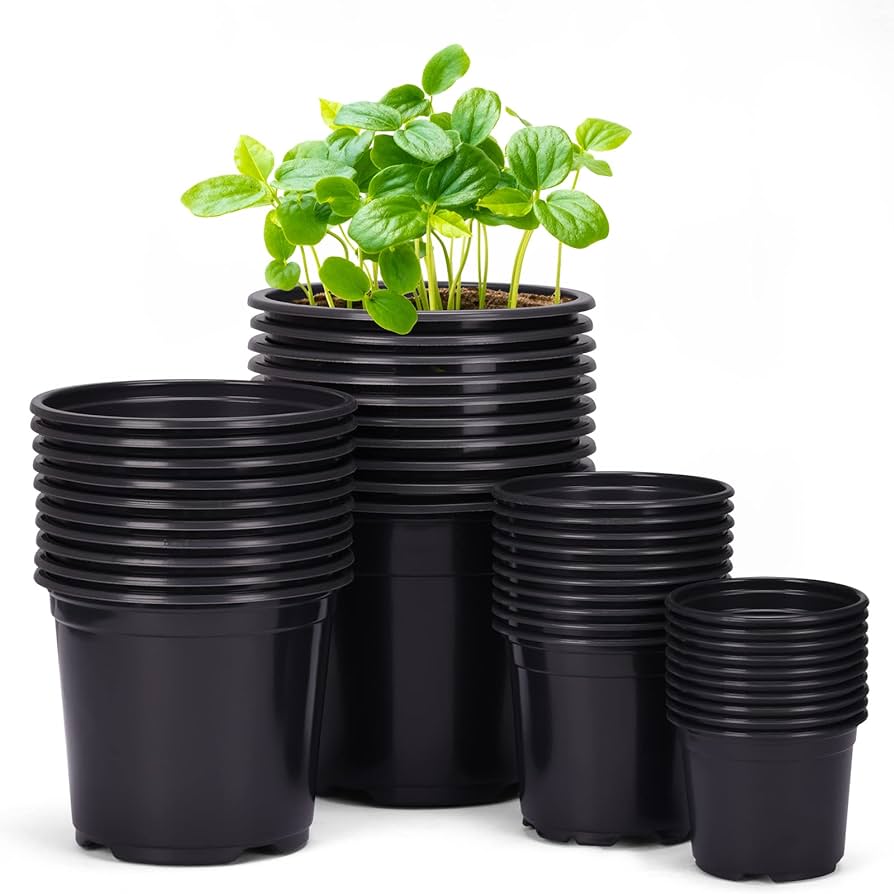
Material Choices for Nursery Pots: Durability, Sustainability, and Aesthetics
The material of your nursery pot choice can influence plant growth, sustainability, and the overall aesthetic of your garden. Consider the following factors when making your selection:
-
Durability: Choose a material that can withstand regular handling, watering, and exposure to the elements. Plastic and clay pots are generally durable options.
-
Sustainability: If eco-friendliness is a priority, consider compostable nursery pots made from biodegradable materials.
-
Aesthetics: Nursery pots can add a decorative touch to your garden. Choose materials and colors that complement your landscaping style.
Selecting the Right Nursery Pot: Size, Drainage, and Other Considerations
When selecting nursery pots, consider the size of your plant, its growth rate, and the duration it will spend in the pot. Ensure the pot is large enough to accommodate the plant’s root system without restricting growth. Adequate drainage holes are essential to prevent waterlogging and root rot.
For seedlings and young plants, smaller nursery pots are sufficient. As the plant matures, you’ll need to repot it into larger containers to provide ample space for root growth. Consider the material of the pot in relation to the plant’s needs. For instance, clay pots are well-suited for plants that prefer drier conditions, while plastic pots retain moisture better.
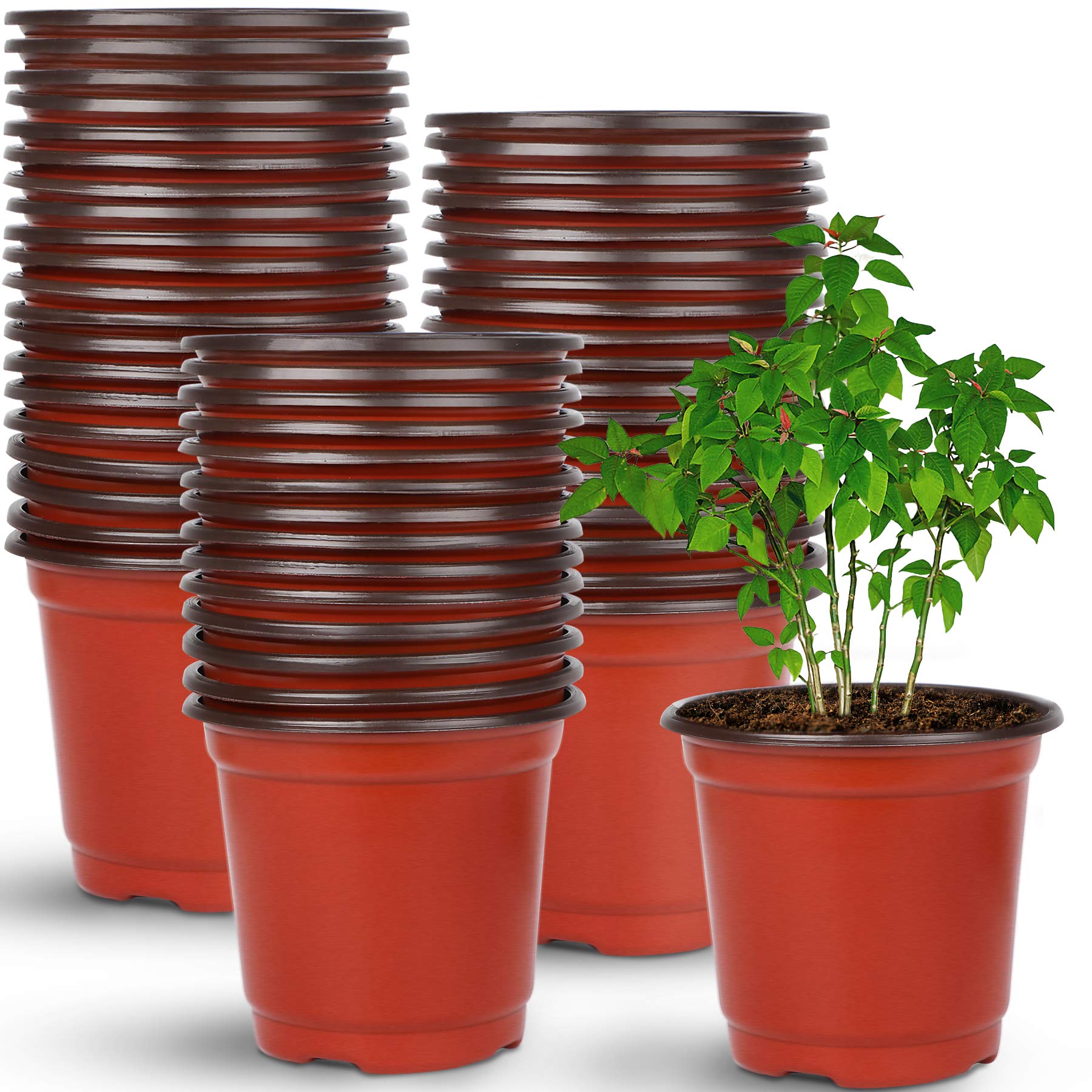
Filling the Nursery Pot: Creating an Optimal Growing Medium
The growing medium you choose plays a crucial role in plant health and growth. Select a well-draining potting mix that is appropriate for the type of plant you are growing. Consider adding organic matter, such as compost or aged manure, to improve soil structure and nutrient content.
Avoid overfilling the nursery pot, leaving a few inches of space at the top for watering and to prevent soil from spilling out. Gently firm the potting mix around the plant’s roots without compacting it too much.
Planting Techniques for Nursery Pots: Ensuring Successful Seed Germination or Transplanting
Whether you’re starting seeds or transplanting seedlings, proper planting techniques are essential for successful plant growth. For seeds, follow the recommended planting depth for each species. Gently press the seeds into the potting mix and cover them lightly with soil.
For transplanting seedlings, carefully remove the plant from its current container, ensuring the root ball remains intact. Dig a hole in the nursery pot slightly larger than the root ball, place the seedling in the hole, and gently fill the space with potting mix. Firm the soil around the base of the plant to provide support.
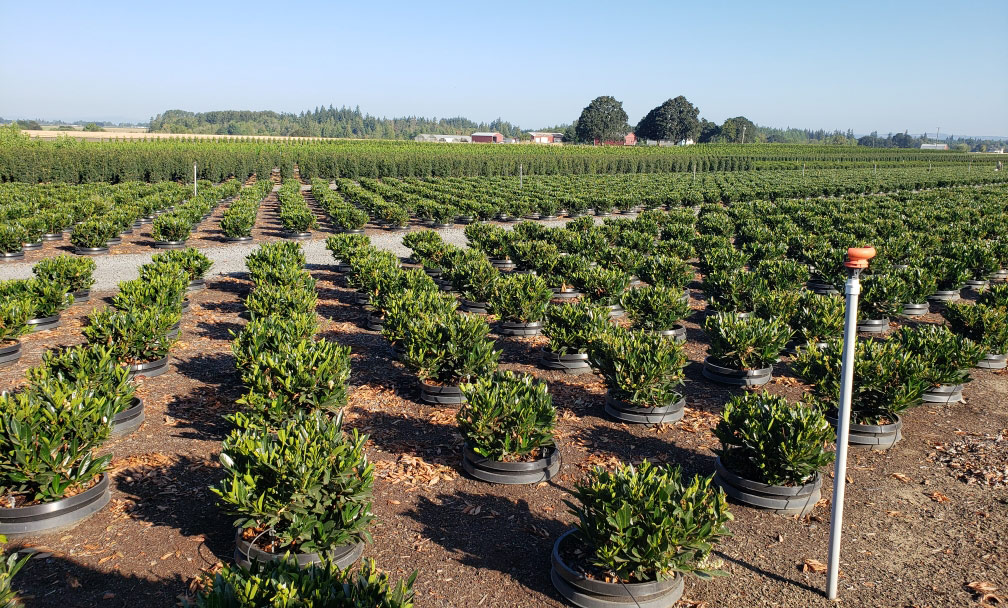
Watering and Drainage: Balancing Moisture Needs and Preventing Root Rot
Watering is crucial for plant growth, but overwatering can lead to root rot and other problems. Allow the top inch of soil to dry out slightly between waterings. When watering, ensure the pot drains thoroughly to prevent waterlogging.
The specific watering frequency will depend on the type of plant, the size of the pot, and the environmental conditions. Plants with high water needs will require more frequent watering than drought-tolerant varieties. Clay pots dry out faster than plastic pots, so you may need to adjust your watering schedule accordingly.
Monitoring Nursery Pot Plants: Recognizing Signs of Health and Stress
Keeping a close eye on your nursery pot plants allows you to identify potential problems early on. Look for signs of healthy growth, such as new leaves, vibrant green foliage, and firm stems. Conversely, wilting leaves, stunted growth, and yellowing foliage can indicate stress or potential issues.
Common causes of stress in nursery pot plants include overwatering, underwatering, lack of nutrients, insufficient light, or pest infestation. By identifying the signs of stress and addressing the underlying cause promptly, you can help your plants recover and thrive.
Repotting: Providing Adequate Space for Root Growth and Plant Development
As your plants grow, their root systems will expand. When the roots become pot-bound, it’s time to repot into a larger container. Signs of a root-bound plant include slow growth, leaves turning yellow or brown, and roots circling around the bottom of the pot.
Choose a new nursery pot that is 2-3 inches larger in diameter than the current pot. Gently remove the plant from its current container, loosening the root ball slightly if necessary. Repot the plant in the new container, backfill with fresh potting mix, and water thoroughly.

Conclusion
Nursery pots are a versatile and essential tool for gardeners of all levels. By understanding the different types of nursery pots available, selecting the right material and size, and providing proper care for your plants, you can cultivate healthy and thriving seedlings and transplants that will flourish in your garden. With a little knowledge and dedication, your nursery pots can become the foundation for a vibrant and flourishing green haven.
Additional Resources:
-
National Gardening Association: https://garden.org/ This website offers a wealth of information on gardening techniques, including tips on using nursery pots.
-
The Old Farmer’s Almanac: https://www.almanac.com/ This website provides helpful guides on choosing the right nursery pots for different plants and proper transplanting techniques.
-
Your local nursery or garden center: The staff at your local nursery or garden center can offer valuable advice on selecting the right nursery pots for your specific needs and plants.